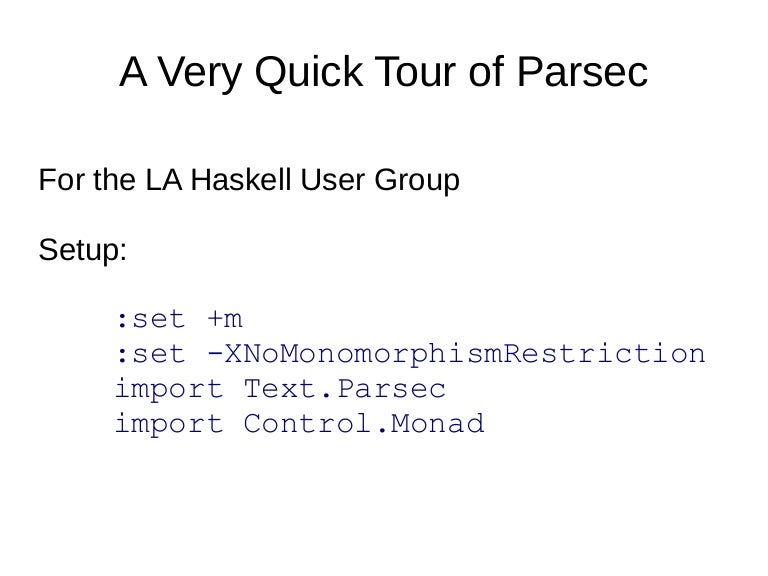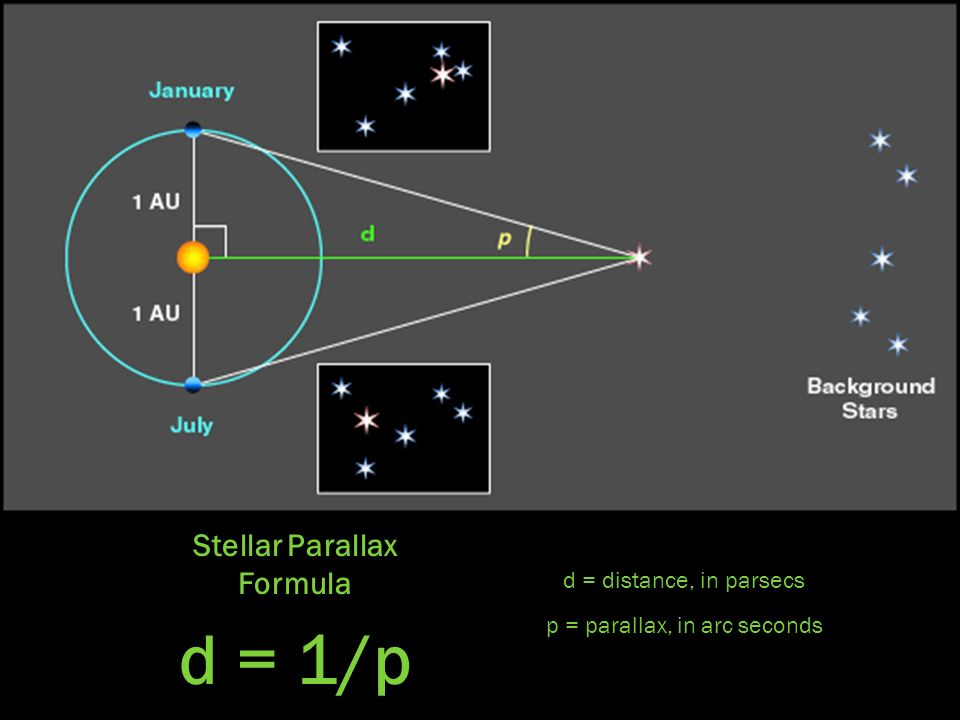

Henrietta Swan Leavitt: Discovered How to Measure Stellar Distances Gaia spacecraft: Mapping the Milky Way like never before So why would anyone want to use parsecs instead? The light-year even has a usefulness that goes beyond simple measurement, because it tells us that when we observe an object X light-years away, we’re seeing as it was X years in the past. It’s simply the distance that light travels in a year, and it’s been in use since at least 1838. By contrast, the light-year is much easier to understand. Parsec vs light yearĪs logical as the definition of a parsec is, it’s still likely to come across as unnecessarily complicated to most people. In fact, real stellar parallaxes are smaller than that, meaning that their distances are always greater than a parsec. So that’s where the parsec comes from: it’s the hypothetical distance at which a star would show a parallax of exactly one second. Measuring that angle and then halving it (because we have two equal and opposite offsets relative to the Sun) gives us the star’s parallax.

The star will appear to have moved through a small angular distance relative to the background objects. Then six months later, when the Earth is on the other side of the sun, they take another photograph of the same bit of sky, according to NASA.
#Parsec abbreviation Patch#
They take a photograph of a patch of sky containing the star they’re interested in and other, more distant objects such as galaxies. The same principle enables astronomers to measure the distance to nearby stars. If you could measure that angular difference, then knowing the distance between your eyes enables you to calculate the distance to the pencil. That’s the parallax effect, and it happens because the angular direction to the pencil is slightly different when seen by your left and right eyes. The text of Wikipedia is available under the Commons Attribution-ShareAlike 3.0 Unported License.Parallax can be demonstrated by looking at a pencil with one eye or the other. The list of authors can be seen in the page history. References & Contributors ( Sources) This article has metadata.

Because of this, 'parsec' has become the standard word used for this distance within the Imperium.By coincidence this distance is very close to the maximum distance a Jump-1 drive can jump.The concept was adopted following the Solomani Rim War to avoid the use of specifically Terranocentric metrics. This is equivalent to a distance of 198,738 Astronomical Units, although for convenience and simplicity this value is generally rounded to 200,000 AU. Modern Imperial usage bases the parsec on the value of pi times light-years (one parsec is equal to 3.142 light-years). The Solomani define one parsec to be the distance from Terra to a star that has a parallax of 1 arcsecond, and equals 3.261 light-years or 206,265 Astronomical Units. The Imperial world of Regina lies approximately one parsec from the non-aligned Ruie system. The Deshi is a Vilani equivalent to the parsec.Other cultures have different values for a parsec: The standard imperial abbreviation is pc.A parsec is based on a baseline of 1 Astronomical Unit.It is one of the oldest Terran methods for measuring the distances to stars. The name parsec stands for "parallax of one second of arc", and allows calculating distances to nearby stars using simple observation and trigonometric parallax (apparent motion of an object due to change of position of the observer). Please refer to the following AAB Library Data for more information:


 0 kommentar(er)
0 kommentar(er)
